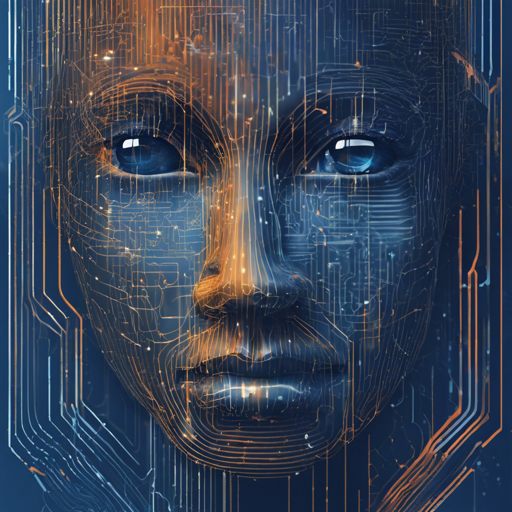In the digital age, where visual data plays an enormous role, deep face recognition using TensorFlow has emerged as one of the cornerstones in the field of computer vision. In this article, we will guide you through the essentials of setting up your own face recognition application, enriching your toolset with various datasets and models, and preparing you to tackle challenges in this exciting domain.
Getting Started with Deep Face Recognition
To embark on your journey into deep face recognition, you’ll need a plan and alignment on a structured methodology. Below are the primary pillars of your face recognition strategy:
- Familiarize yourself with relevant libraries and frameworks, specifically TensorFlow.
- Gather necessary datasets for training and validation.
- Implement pre-trained models from resources to simplify your process.
- Experiment with face recognition methodologies like FaceNet, SphereFace, and ArcFace.
Essential Resources
Here’s a list of important links that will serve as your toolkit:
- Slides for the workshop: Slides
- Download videos: Videos
- FaceNet pretrained model (TensorFlow): facenet
- SphereFace or Angular Softmax (Caffe): wy1iusphereface
- ArcFace (MXNet): deepinsight
- AMSoftmax (Caffe): happynear
- Iranian Face Dataset: iran-celeb.ir
Datasets for Face Recognition
The choice of datasets can make or break your model’s performance. Here are some key datasets to explore:
- CASIA WebFace Database: 10,575 subjects and 494,414 images
- Labeled Faces in the Wild: 13,000 images and 5749 subjects
- Large-scale CelebFaces Attributes (CelebA) Dataset: 202,599 images and 10,177 subjects
- MSRA-CFW: 202,792 images and 1,583 subjects
- MegaFace Dataset: 1 Million Faces for Recognition at Scale
Understanding the Code with Analogy
Imagine you’re an artist creating portraits. Each dataset you have is like an array of reference photos. You could try to paint with no guidance, which would be like building a model from scratch. However, by utilizing pre-trained models like an experienced painter uses their techniques, you can replicate styles (recognition algorithms) accurately.
In TensorFlow, you will build a network that takes input (a new face), processes it through various layers (like brush strokes), and outputs a final portrait (face identification). Each layer adds detail, refining the image until it is recognizable.
Troubleshooting Common Issues
Even the best artists face hurdles! Here are some common issues and troubleshooting steps to help you along the way:
- Model Training Takes Too Long: Ensure you are using GPU acceleration if available. Limit the dataset to reduce complexity initially.
- Poor Recognition Accuracy: Experiment with hyperparameters or try a different pre-trained model. Review your dataset for quality images.
- Data Handling Errors: Verify your dataset paths and ensure that data loading scripts are reading the correct formats.
For more insights, updates, or to collaborate on AI development projects, stay connected with fxis.ai.
Conclusion
Deep face recognition is an intricate and fascinating field in AI, ripe with opportunities for innovation and exploration. By utilizing available resources, understanding various methodologies, and approaching challenges with creativity, you can become proficient in this domain.
At fxis.ai, we believe that such advancements are crucial for the future of AI, as they enable more comprehensive and effective solutions. Our team is continually exploring new methodologies to push the envelope in artificial intelligence, ensuring that our clients benefit from the latest technological innovations.

